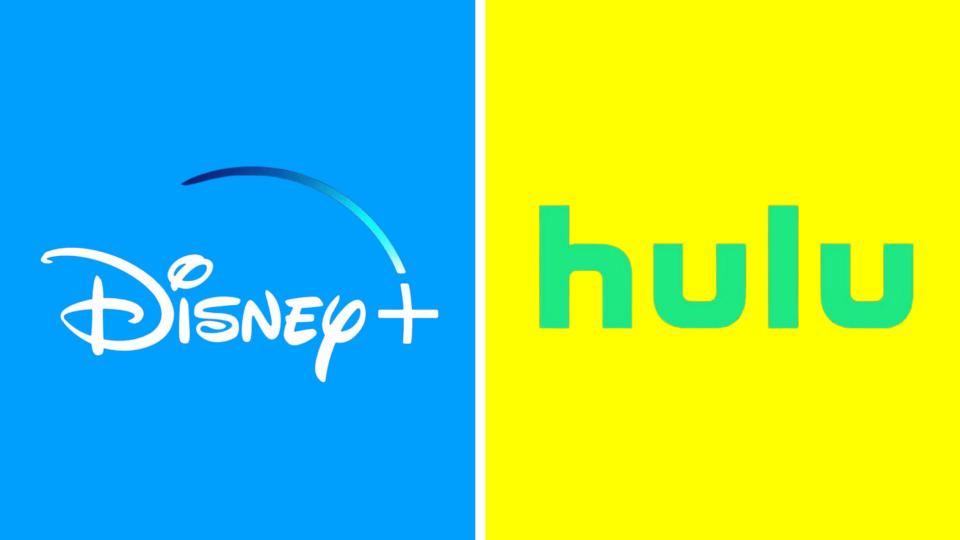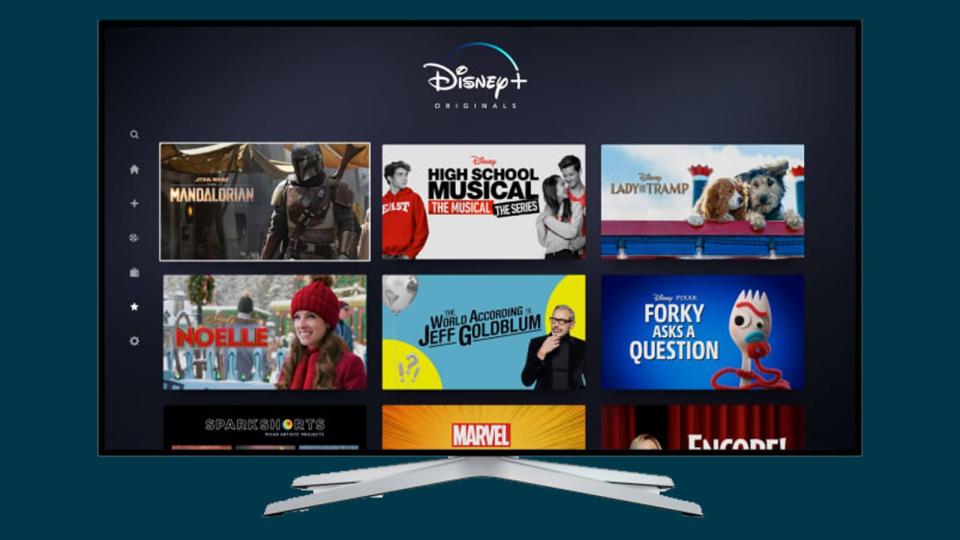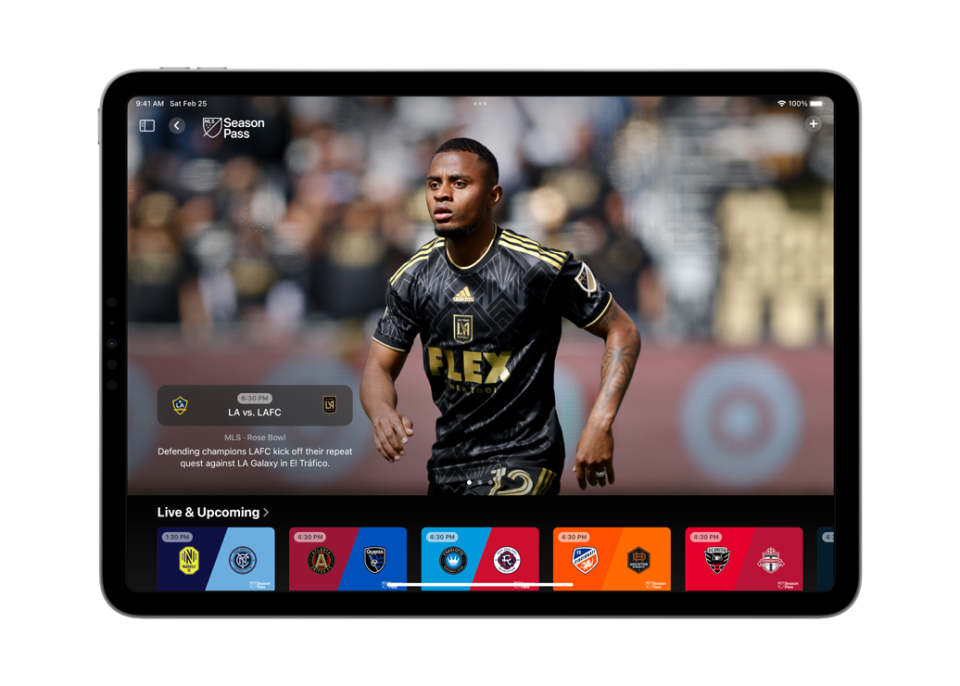Cord cutting 2.0: Self-bundling and plenty of uncertainty as TV becomes more personalized
Television’s future lies in self-bundling.
Not bundling chosen by the cable company, telephone company or movie studios, but customer control.
On one level, it may represent the most control consumers have had over what they view, a fact dictated by rapidly evolving technology.
Cord cutting: Don't know how or where to begin? Start here
"The consumer wants value and they're going to self-bundle to figure that out," Anne Schelle, managing director of Pearl TV, a consortium of broadcasters working to develop the next broadcast standard, ATSC 3.0 “And so that's what you're seeing in terms of the big media companies thinking that they're going to capture the consumer in one place and one place only is and that is just not the case.”
It may represent a case of “be careful what you wish for, you just may get it.”
Spats between Disney and Charter, Nexstar and DirecTV show the cable TV model is broken
There’s little doubt given the recent spat between Disney and Charter Communications along with Nexstar’s carriage battle with DirecTV and its related distributors that the current cable TV model is broken and while plenty of people remain customers, significant numbers of people continue to flee.
Nielsen, the media ratings service, showed that from June to July linear television (TV on channels) was down to less than 50 percent. It rebounded above that level for August, but still, that is a significant metric.
TV deal reached: Charter Communications, Disney return most channels to Spectrum
There is no such thing as appointment TV any longer. At this moment in time audiences would be “Friends”-less and without "Cheers."
Assorted live television services are deserts of syndicated reruns, live sports and local and national news. News and sports (for now) represent the primary reason to maintain a subscription. Even those companies, however, cannot stop the bleeding.
As an industry, live television services (cable and satellite) lost 1.7 million customers in the second quarter of this year, according to reports.

Where are all the television viewers going? It's not just TikTok and YouTube
Conventional wisdom suggests that eyes are being drawn to streaming services, right? No and yes.
TikTok and YouTube have roles to play in this story in that they command a lot of attention. However, streaming services gained focus as Hollywood rushed to duplicate Netflix’s success with their own services that are essentially video on demand, but they’ve learned that there isn’t always gold to be mined.
Warner Bros. Discovery’s streaming service Max, lost 1.8 million subscribers in the second quarter of this year. Disney took a hit in July.
Paramount+ was up one million subscribers and Netflix added 2.6 million in July, mostly due to clamping down on password sharing. It’s not difficult to understand why the Walt Disney Co. recently announced they would do the same with Disney+.
But with those numbers, one segment of the television universe continues to grow.

Viewers are moving FAST
FAST – free ad-supported television – requires nothing more than an Internet connection to enjoy a content smorgasbord of on-demand movies and around-the-clock reruns.
Think of FAST channels such as Tubi, the Roku Channel and Pluto TV as mini cable systems with a host of subchannels. For instance: “Star Trek” fans can find two channels devoted to running episodes of the original series, “Star Trek: The Next Generation,” “Star Trek: Deep Space Nine” and “Star Trek: Voyager" on Pluto TV.
They are not, however, just repositories for those things. News and sports can be had. According to a survey from Statista, watching live sports is the No. 1 reason to subscribe to cable. Watching local news is fourth.
Tubi, for example, possesses a wealth of local news feeds from across the country, including WEWS (Channel 5) and WKYC (Channel 3) locally.
And although FAST channels don’t have access to games considered mainstream in America, but there are sports networks aplenty and the viewers are coming.
Their propularity can't be dismissed. According to Statista, 57 percent of viewers have watched FAST channels so far in 2023.
What streaming service is best for me?: We rank the best free servies from Freevee and Roku to Tubi and more
Those who do still want network television and want sports on network stations are the ones still paying for cable or cable-like services. However, plenty of people are separating services, using a combination of pay streaming services, FAST TV services and over-the-air broadcasts.
“The consumer's a driver. They don't care where they get their content from. They want it to be high quality. They want it to be free. I would say those are tenants or free as they possibly get,” Schelle said. “That's why you have all these free, ad-supported FAST channels and consumers not taking the [rate hikes] on either cable and/or on streaming fees going up. There's the password crackdown happening.
“We were at a time where they were just going out there trying to gain scale, and it was great. Now that it's changing, and I think they want ease of use and they want ease of discoverability.”
Is television boldly going everywhere?
Where is this all going?
With the rapid evolution of technology, it’s easier to predict a six-game NFL parlay on a Sunday than discern viewing trends, but it may be a case of be careful what you wish for consumers. With respect to the cost of cable, consumers always questioned the inability to choose a list of channels that caters to their wants like a menu.
It’s basically here, now – if you want to pay for it and, in some cases, sit through commercials, too.
"(Cord cutting) was accelerated by these new options where new available ways of watching content. We don't need cable anymore to make that happen,” Myles McNutt associate professor of media studies at Old Dominion University said. “And so, at that moment, it made sense as a response to a certain climate, but now it's kind of increasingly the cost of all these streaming services to access everything you need to access is pretty much comparable to a cable subscription."
And with it we’ve seen most of the best scripted programming find homes behind pay streaming services. Quick, name the last edgy, quality television show not named “Abbott Elementary” to premiere on network television.
Much of it is found on pay services. Consider: the top five winners of 2022 Primetime Emmys were streamers – HBO/HBO Max, Netflix, Hulu, Disney+ and Apple. HBO, in fact, won more than three times as many awards as traditional TV networks combined.
But what about sports?

Slowly, but surely some live events are migrating to streaming services – fans can catch the NFL on Paramount+ and Peacock. MLS can be viewed on Apple TV+ and Warner Bros. Discovery recently announced they will stream MLB, NBA and NHL games.
More: Max offering live sports from MLB, NBA, NHL through new Bleacher Report package
That is also an area where local over-the-air broadcasting and sports can be in sympatico as they were more than two decades ago before the advent of regional sports networks, a model that is teetering on the brink of collapse currently.
Nationwide, NBA and MLB teams such as the Cleveland Cavaliers and Cleveland Guardians were once mainstays on local airwaves and could be again. The Phoenix Suns, for example, moved their local television rights to over-the-air television and
As for local news, even with some broadcasts being available on FAST services, the recent Nexstar-DirecTV carriage dispute shows the power local stations can still hold as local viewers suffered through the loss of Fox 8 (WJW, Channel 8) for much of the summer. And national news? There's a smorgasbord of assorted feeds there from mainstream and niche outlets.
Back to the future for television
Ultimately, many are finding a solution in the antennas – indoor and outdoor – that are essentially impervious to price increases and carriage disputes because they are free and have government oversight via the Federal Communications Commission.
In Northeast Ohio, depending upon location and topography, the right antenna and mounting, viewers can get anywhere between 40 and 60 stations.
“I’m reminded that everything old is new again, everything new is old. It just seems like we're kind of collapsing in on this idea of what TV looks like in a way that just makes it that much more complicated,” McNutt said. “And yet it always a genesis of that same idea. We're still in the same ballpark despite the confusion, despite the frustration.”
There is no one size that fits all any longer.
This article originally appeared on Akron Beacon Journal: 'Self-bundling' is the new version of cord cutting for the times

